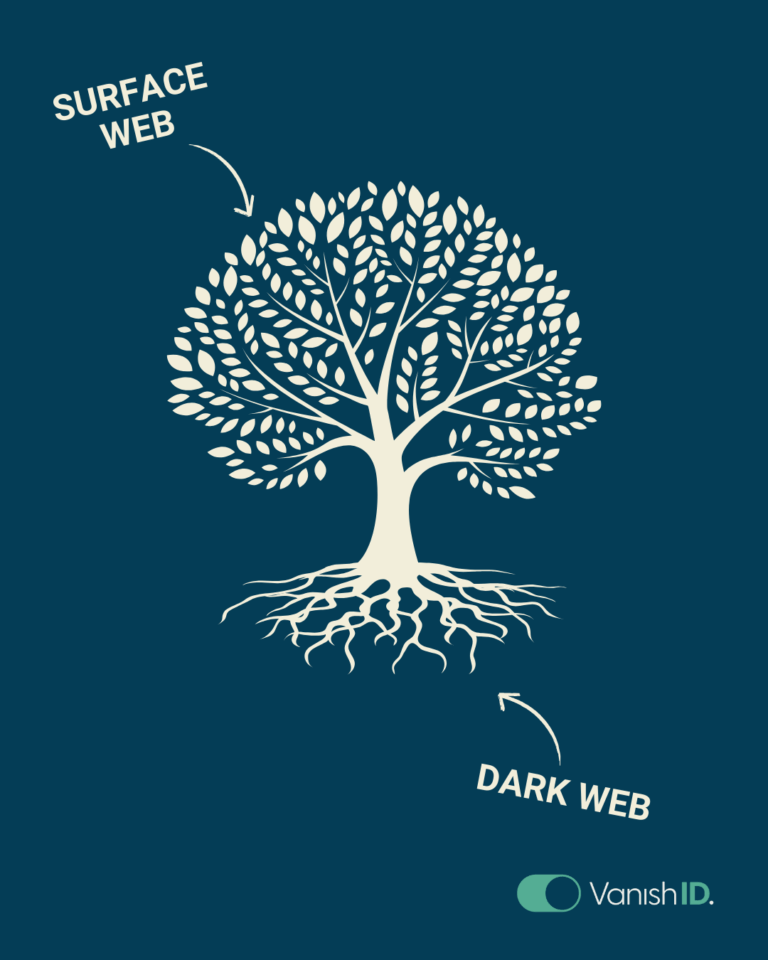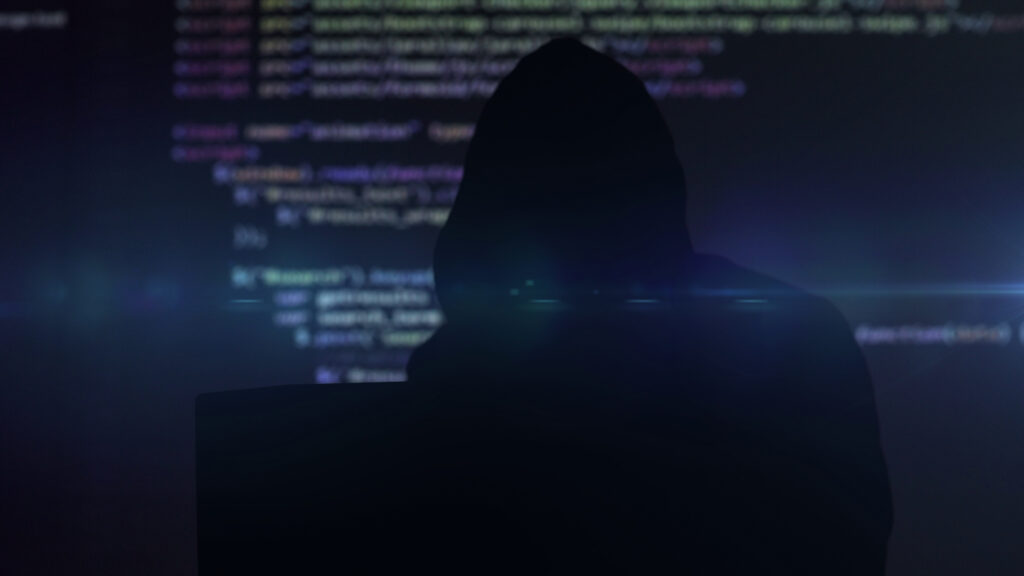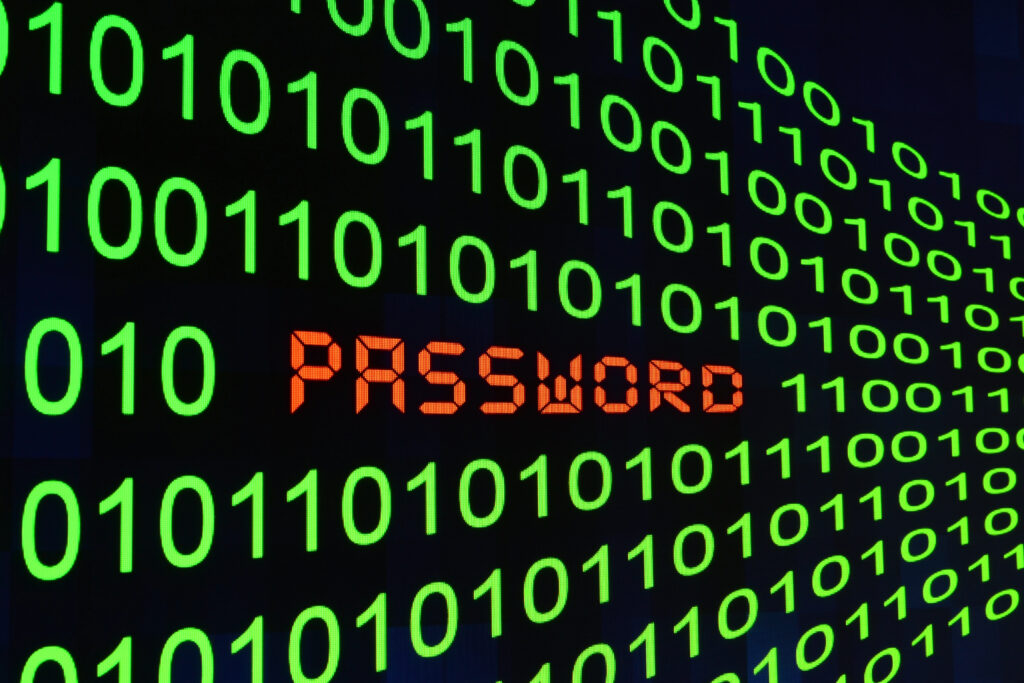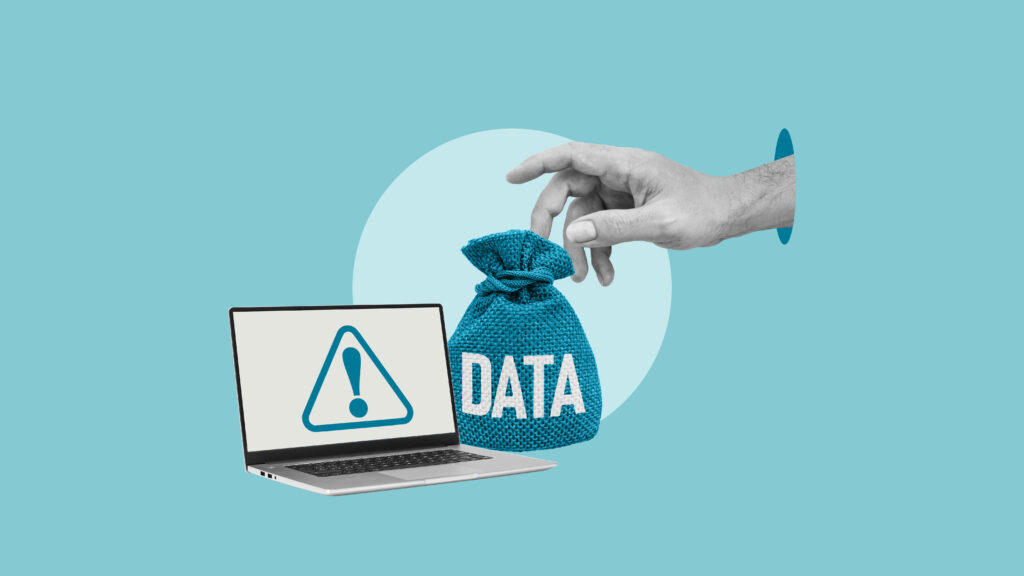- Home
- /
- What exactly is the dark web, and should you be afraid of it?
What exactly is the dark web, and should you be afraid of it?
The dark web is just that dark. It’s not the in-your-face social media platform or bright webpage you visit to shop online. It’s simply a part of the internet that isn’t indexed by search engines. It can only be accessed using specialized software.
Consider this analogy.
Just as a plant displays its vibrant leaves, flowers, and stems above ground while concealing an intricate network of roots below the soil, the internet mirrors this hidden foundation structure.

Understanding the Dark Web
The surface web of your social platforms, daily newsletters, and other easily discoverable content represents the visible plant that catches our eye.
But buried beneath the ‘digital soil’ lies the dark web, functioning like an extensive root system that few ever see or acknowledge.
Plant roots create a complex underground network that can extend beyond the plant’s visible footprint. Similarly, the dark web forms an unseen infrastructure that’s often larger and more intricate than what most people realize exists beneath the surface internet.
Roots perform vital but invisible work absorbing nutrients, storing energy, and anchoring the plant against storms.
The dark web serves similarly critical purposes: providing secure communication channels for journalists in oppressive regimes, offering privacy tools for legitimate users, and creating spaces for sensitive research and whistleblowing.
While roots nourish the plant, they can also spread diseases or become invasive. The dark web exhibits this same duality, hosting both valuable privacy resources and harmful illegal marketplaces, much like roots that can either stabilize soil or damage foundations.
To study root systems, botanists must dig carefully and use special tools to avoid damage. Accessing the dark web requires similar specialized knowledge of encrypted browsers, security protocols, and careful navigation.
Root systems often connect multiple plants through underground fungal networks, sharing resources across the forest floor. The dark web similarly creates hidden connections between users worldwide.
Surface Web vs. Deep Web vs. Dark Web
Surface Web: The surface web represents everything you can find through search engines like Google, Bing, or Yahoo. This includes social media platforms, news websites, blogs, online stores, and any publicly accessible content that search engine crawlers can index. It’s estimated to comprise only about 4-10% of the entire internet, yet it contains billions of web pages that most people interact with daily.
Deep Web: The deep web consists of all web content that exists online but cannot be accessed through standard search engines. This massive portion of the internet (roughly 90-96% of all web content) includes private databases, password-protected sites, internal company pages, medical records, legal documents, academic databases, and personal email accounts. Most deep web content is perfectly legal and legitimate; it’s simply kept private for security, privacy, or practical reasons.
Dark Web: The dark web is a small subset of the deep web that has been intentionally hidden and requires special software to access. It represents less than 1% of the total internet and uses encrypted networks to provide anonymity for both users and website operators. It is often associated with illegal activities like stolen data sales. However, the dark web also serves legitimate purposes like providing secure communication channels for activists and whistleblowers.


What can you find on the dark web?
The dark web contains a wide spectrum of content and services, ranging from legitimate privacy tools to illegal marketplaces.
Legitimate and Legal Content:
- Secure communication platforms for journalists and activists in countries with internet censorship
- Privacy-focused forums and discussion boards
- Whistleblowing platforms like SecureDrop used by news organizations
- Libraries of books and documents, including some that may be censored in certain regions
- Privacy advocacy resources and cybersecurity tools
- Anonymous file sharing services
- Cryptocurrency services and privacy coins
- Legal advice and support networks for vulnerable populations
Illegal Marketplaces and Services:
- Drug marketplaces
- Stolen data markets offering credit card information, personal identities, and login credentials
- Counterfeit goods including fake passports, driver’s licenses, and currency
- Hacking services and malware for hire
- Weapons sales
- Various fraud services
Who made the dark web?
The dark web wasn’t created by a single person. It emerged from technologies developed by various researchers and organizations, including the U.S. government and military.
The core technology enabling the dark web is Tor (The Onion Router), which was originally developed in the 1990s at the U.S. Naval Research Laboratory. The goal was to create a way for government communications to remain anonymous and secure online.
The U.S. government funded much of the early development. They needed secure, anonymous communication channels for military operations, diplomatic communications, and intelligence work.
In 2002, the alpha version of Tor was released to the public. The logic was that for government users to remain truly anonymous, they needed to blend in with civilian traffic. A network used only by spies would be easy to identify and block.
Since becoming public, Tor has been developed by a global community of programmers, privacy advocates, and cybersecurity researchers. The Tor Project became a nonprofit organization in 2006.

The “dark web” as we know it today emerged organically as people began using Tor to create hidden services. This wasn’t part of the original design goal, but rather an unintended consequence that developed as users found new applications.
So while no single person “made” the dark web, it’s largely a byproduct of military-funded privacy research that took on a life of its own once released to the public.
Can the dark web be shut down?
The dark web cannot be completely shut down, by design.
The dark web runs on decentralized networks, which route traffic through thousands of volunteer-operated servers worldwide. There’s no central server or authority to shut down. It’s more like a distributed mesh network.
These networks span multiple countries with different laws and enforcement capabilities. Even if one country restricted access, users could route through servers in other jurisdictions.
However, authorities can shut down specific illegal marketplaces, target individual criminal operators, and disrupt services temporarily.
Should I be worried if my information is on the dark web? How did my information get there?
If your information is on the dark web, it’s worth taking seriously but not panicking.
It means your data was likely part of a data breach at a company you’ve used. This could be anything from email addresses and passwords to more sensitive information like Social Security numbers or financial details.
Some steps you can take include changing passwords for any accounts that might be affected, especially if you reuse passwords across sites. Enable two-factor authentication wherever possible. Monitor your financial accounts and credit reports for unusual activity. Continuously managing your digital footprint will help.
The actual risk depends on what information was exposed.
- Email addresses and old passwords: Lower risk, but still change those passwords
- Social Security numbers, financial info, or identity documents: Higher risk requiring more vigilant monitoring
- Credit card numbers: Contact your bank, though most have fraud protection

Consider using a password manager, set up credit monitoring, and be extra cautious about phishing attempts since criminals may use your exposed information to make scams more convincing.
The key is taking practical protective steps rather than worrying about what you can’t control.

Can you remove your information from the dark web?
You generally cannot remove information from the dark web yourself. The dark web operates on decentralized networks where data gets copied and redistributed across multiple sites and databases. Even if you could somehow contact the operators of one site, the same data likely exists in dozens of other places.
Instead, you can focus on damage control and prevention:
- Change compromised passwords immediately
- Monitor your accounts and credit reports
- Set up fraud alerts with credit bureaus
- Use identity monitoring services
- Enable two-factor authentication everywhere possible
This is where VanishID can help you keep your important information away from bad actors. Our platform provides continuous monitoring and automated removal from various directories, including dark web sources. It’s designed to protect your information before it becomes a risk.
Schedule a VanishID Demo Today
Monitor your exposed digital footprint, remove personal identifiable information and monitor the dark web for exposed passwords and information.

